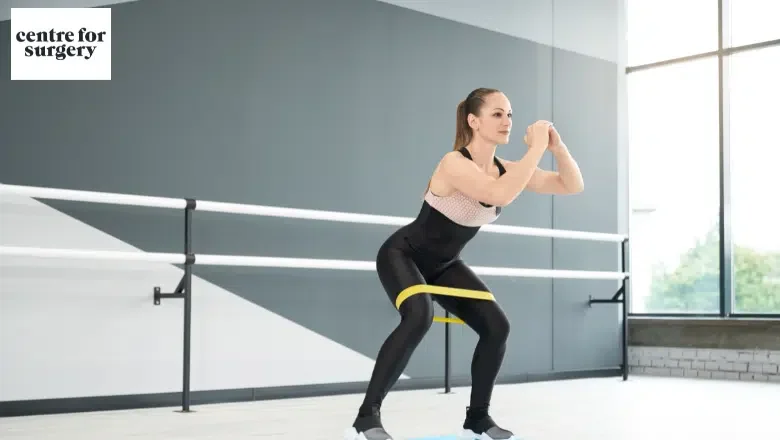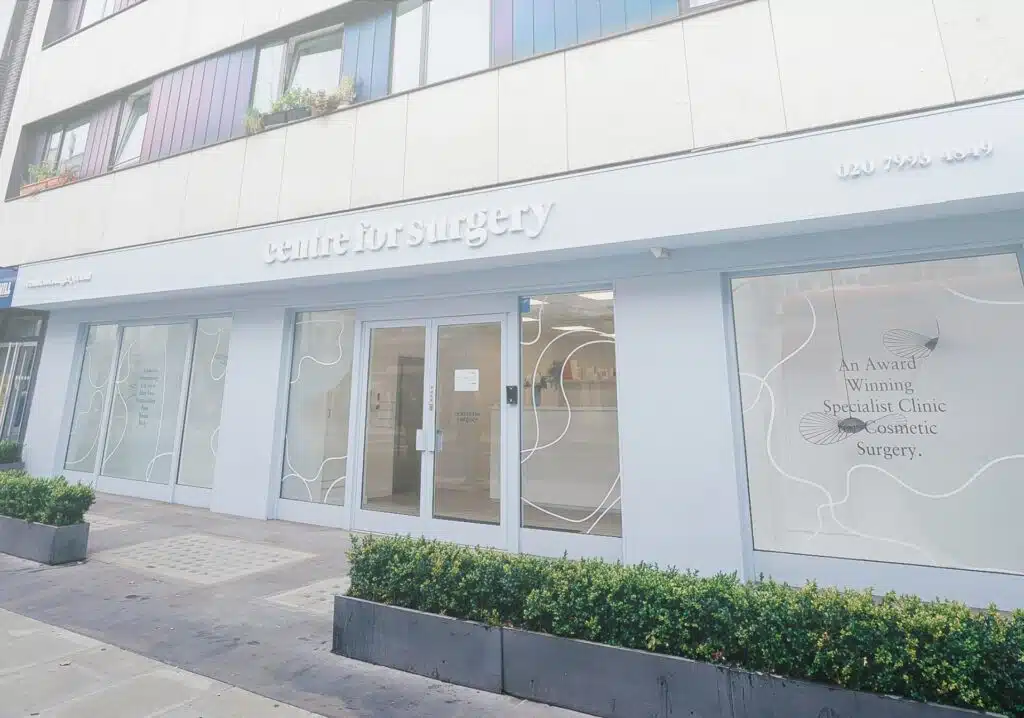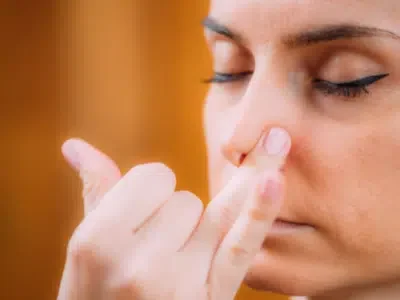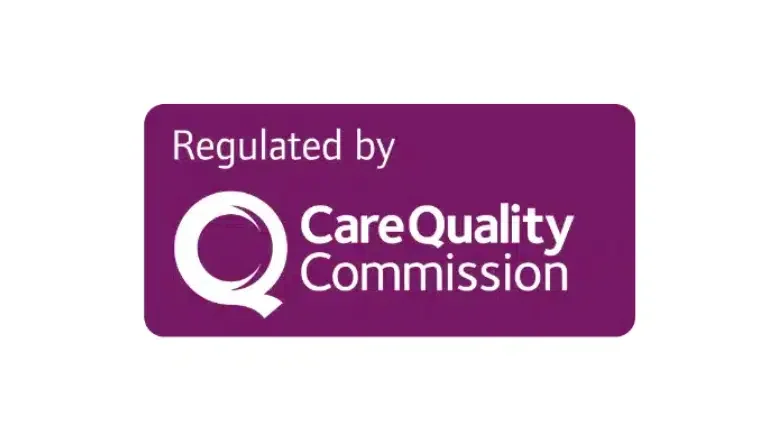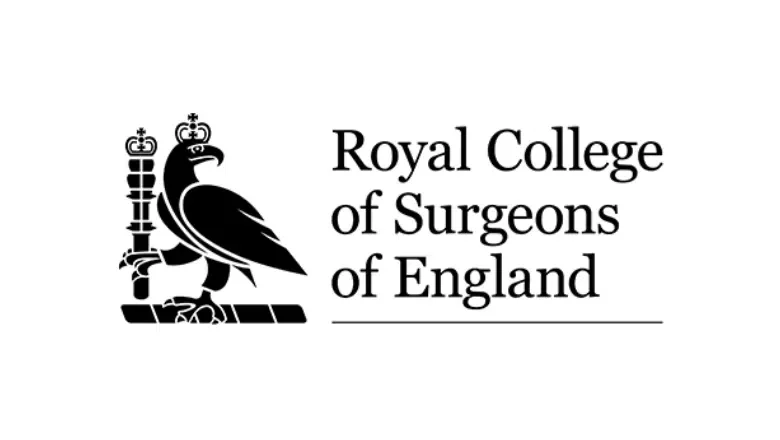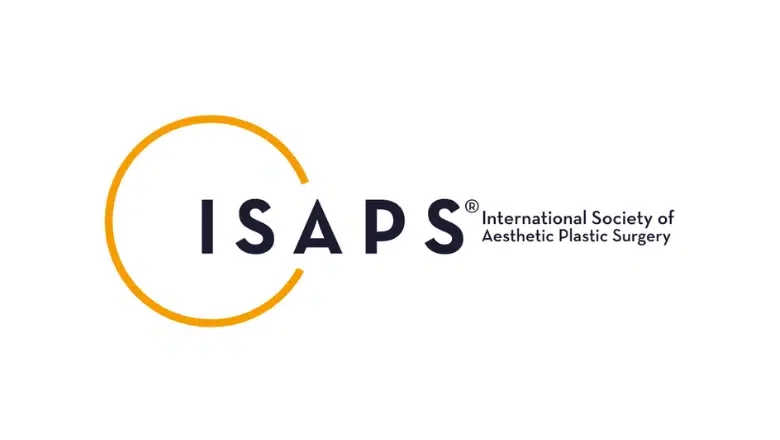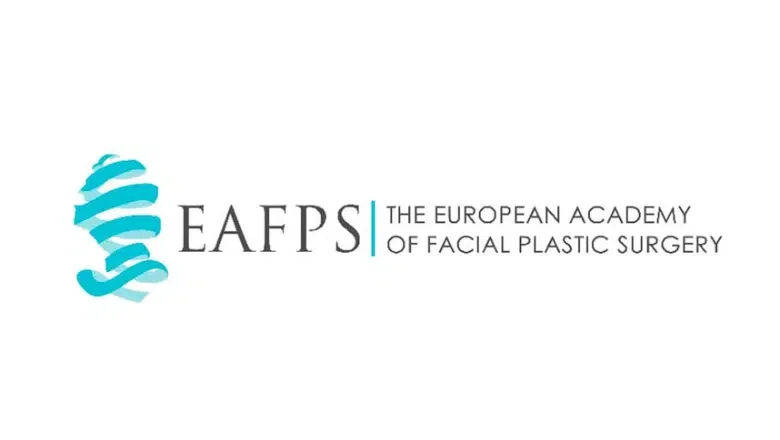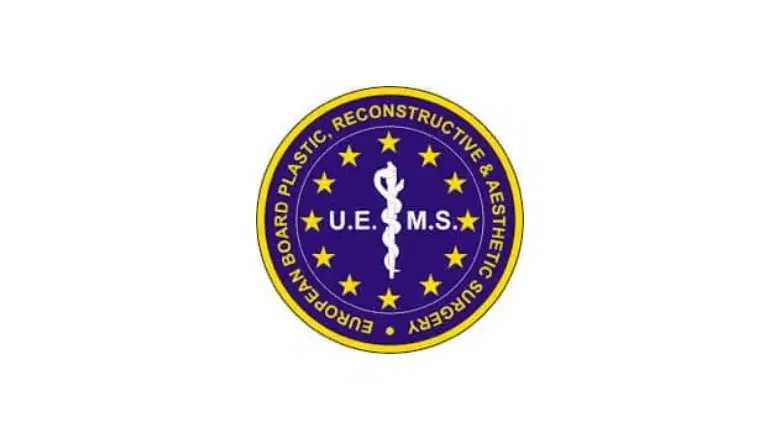How Long After Rhinoplasty Can I Work Out?
The timing for resuming exercise after nose surgery, or rhinoplasty, can vary depending on the individual and the extent of the surgery. In general, it is recommended to avoid any strenuous activities or exercise for at least two weeks after surgery.
During the first week after surgery, you will likely experience significant swelling, bruising, and discomfort around your nose and eyes, and you may have a nasal splint or bandages on your nose. It’s important to rest and avoid any activities that could raise your blood pressure or cause additional trauma to the face during this time.
By the second week after surgery, most patients see a significant improvement in swelling and bruising, and they may be able to engage in light exercises, such as walking or gentle stretching. However, it is important to avoid any activities that could put undue stress on your nose or cause injury during this time.
By the third or fourth week after surgery, most patients are able to resume more strenuous activities, such as jogging or cycling, but it’s important to listen to your body and avoid any activities that cause discomfort or pain. Avoid activities that involve impact or risk of injury, such as contact sports or weightlifting, for at least six weeks after surgery.
If you have concerns about resuming exercise or any other aspect of your recovery, be sure to follow up with your surgeon for guidance and support.
RELATED: Nose Surgery FAQs – Q&A about Rhinoplasty
What are the risks of exercising too soon after rhinoplasty?
Jumping back into your exercise routine too soon after getting a nose job (rhinoplasty) can be tempting, especially for young adults eager to maintain their fitness levels. However, it’s crucial to take it easy and give your body the rest it needs to recover properly. Diving into workouts prematurely can backfire, causing more harm than good to your newly shaped nose.
One of the main concerns is the increased swelling and bruising. Pushing yourself too hard can cause your nose to swell up and bruise more, which not only looks unpleasant but also prolongs your recovery. Your dream results will take longer to reveal themselves, testing your patience even further.
There’s also a heightened risk of bleeding. Working out boosts your blood pressure, risking bleeding in the nose area. This could lead to further complications and might even necessitate additional medical care.
Exercising isn’t wise for those with nasal splints or packing. You could accidentally move or damage these supports, jeopardizing your nose’s healing and shaping.
Moreover, early exercise can slow down the overall healing process. This delay increases the likelihood of infections or poor healing, making your road to recovery longer and potentially more complicated.
The appearance of your nose could also suffer. Vigorous activity might shift or displace the nasal structures you just had corrected, affecting the outcome of your surgery.
Recommended exercise timeline after rhinoplasty – week by week
Here is a recommended exercise timeline after rhinoplasty, week by week:
Week 1
During the first week after rhinoplasty, it is important to rest and avoid any strenuous activity that could raise your blood pressure or cause additional trauma to the face. You may experience significant swelling, bruising, and discomfort around your nose and eyes, and you may have a nasal splint or bandage in place. Light walking and gentle stretching are recommended, but avoid any activity that could put undue stress on the nose.
Week 2
By the second week after surgery, most patients see a significant improvement in swelling and bruising, and they may be able to engage in light exercises, such as walking or gentle stretching. However, it is important to avoid any activities that could put undue stress on the nose or cause injury. Swimming, yoga, and stationary cycling may be allowed at this time, but avoid any high-impact activities.
Week 3-4
By the third or fourth week after surgery, most patients are able to resume more strenuous activities, such as jogging or cycling. However, it’s important to listen to your body and avoid any activities that cause discomfort or pain. Avoid activities that involve impact or risk of injury, such as contact sports or weightlifting, for at least six weeks after surgery.
Week 5-6
By the fifth or sixth week after surgery, you may be able to gradually increase the intensity of your exercise routine. However, it’s important to continue to avoid any activities that could put undue stress on the nose or cause injury.
Week 7 and beyond
By seven weeks after surgery, most patients are able to return to their normal exercise routine, but it’s important to listen to your body and avoid any activities that cause discomfort or pain. Remember to take breaks, stay hydrated, and avoid any activities that could put undue stress on the nose.
How to carry out exercise safely after rhinoplasty
Embarking on your fitness journey after a nose reshaping procedure requires careful consideration to ensure a smooth and complication-free recovery. The excitement to get back into your workout routine can be immense, but it’s crucial to approach this phase with caution and wisdom. Here’s how you can keep active safely after your rhinoplasty, avoiding setbacks and promoting healing.
Tailored Guidance from Your Surgeon is Key
First and foremost, heed the personalised advice from your surgeon at the Centre for Surgery. They will lay down a roadmap for your post-operative care, highlighting when and how to gently reintroduce exercise. This bespoke guidance is designed to prevent undue strain on your healing nose and must be followed meticulously.
Ease Into Your Routine
Initiate your exercise regimen with low-impact activities like walking or light stretching. These gentle forms of exercise are your best friends in the early stages of recovery. Gradually amplify the intensity of your workouts over several weeks, allowing your body to adapt and heal without risking injury.
Steer Clear of Risky Activities
Certain activities pose a greater risk to your recovering nose. Contact sports or any physical activity that bears a high risk of facial trauma, such as basketball or football, should be off-limits. Similarly, weightlifting and specific yoga poses that exert pressure on your face should be avoided. Safety first should be your mantra.
Hydration is Your Ally
Keeping well-hydrated is essential for your recovery. Water, herbal teas, and other non-caffeinated beverages should be consumed regularly to aid in healing and prevent dehydration.
Pay Attention to Your Body’s Signals
If at any point during exercise you feel discomfort or pain, it’s a signal from your body to pause and rest. It’s vital to respect these signals and not overexert yourself, especially during the initial recovery phase post-surgery.
Be Mindful of Heat and Sun Exposure
Exposure to heat can exacerbate swelling and impede the healing process. As such, it’s advisable to avoid hot environments and direct sunlight. When outdoors, ensure you wear ample sunscreen and protective clothing to safeguard your sensitive skin, especially around the nose area.
Glasses and Your Healing Nose
For those who wear glasses, it’s important to refrain from placing them directly on the bridge of your nose for several weeks post-rhinoplasty. This precaution helps avoid unnecessary pressure on the healing nasal tissues.
How Long Does it take to recover fully after nose surgery?
The recovery time for nose surgery, or rhinoplasty, can vary depending on the individual and the extent of the surgery. In general, it can take several weeks to several months for the swelling and bruising to subside and for the final results of the surgery to be visible.
During the first week after surgery, you will likely experience significant swelling, bruising, and discomfort around your nose and eyes, and you may have a nasal splint or bandages on your nose. It’s important to rest and avoid any activities that could raise your blood pressure or cause additional trauma to the face during this time.
By the second week after surgery, most patients see a significant improvement in swelling and bruising, and you may be able to return to work or engage in light activity. However, it’s important to continue to avoid any activities that could put undue stress on the nose or cause injury.
By four to six weeks after surgery, most patients can resume normal activities, but it’s important to continue to avoid any activities that could put undue stress on the nose or cause injury. It can take up to a year for all of the swelling to fully subside and for the final results of the surgery to be visible.
When can I get back to full exercise after rhinoplasty?
Rhinoplasty FAQS
When can I take a shower after rhinoplasty?
You are allowed to shower the day after your rhinoplasty, but it’s important to keep the splint away from direct water. To do this, direct the showerhead downward to cleanse your body and turn away when washing your hair. If only a few drops of water reach the splint, it shouldn’t cause any issues. However, if the splint becomes soaked, it may dislodge. Some surgeons might recommend avoiding showers altogether for a specific timeframe, suggesting baths instead. Additionally, they may advise washing your hair in a basin rather than under the shower. Ultimately, you should decide whether you can keep the splint sufficiently dry during a shower or if taking baths would be more suitable for your situation.
When can I touch my nose after rhinoplasty?
You can begin touching your nose once the splint and tape have been removed, but the exact timing varies depending on your surgeon’s protocol. Typically, the splint is kept on for five to seven days, followed by taping the nose until the tenth day. However, not all surgeons follow the same schedule; some may remove the splint after a week. It’s essential to follow your surgeon’s specific instructions. When you do handle your nose, do so gently, paying attention to any discomfort. Your nose will remain sensitive and sore for at least six to eight weeks, and possibly up to three months. After the tape is removed, you can resume washing your face and applying makeup as needed.
When can I pick my nose after rhinoplasty?
Avoid picking your nose for six to eight weeks following rhinoplasty to prevent complications such as septal perforation or delayed healing. You might feel the urge to remove dried blood or debris from your nose, but it’s best to resist this temptation. Instead, keep your nasal passages moisturised using the ointment prescribed by your doctor and perform saline rinses as recommended. These measures will help alleviate the discomfort without the need to pick your nose, promoting a smoother and complication-free recovery.
When can I blow my nose after rhinoplasty?
Centre for Surgery is a centre of excellence for all types of nose surgery, including ultrasonic, rhinoplasty, preservation, rhinoplasty, and ethnic rhinoplasty. Our plastic surgeons have subspecialist expertise in rhinoplasty surgery and perform hundreds of nose job procedures each year at our specialist day surgery facility in Marylebone. Call us to schedule an in-person consultation, and one of our friendly and knowledgeable Patient coordinators will act as your personal point of contact throughout your patient journey with us at Centre for Surgery.
